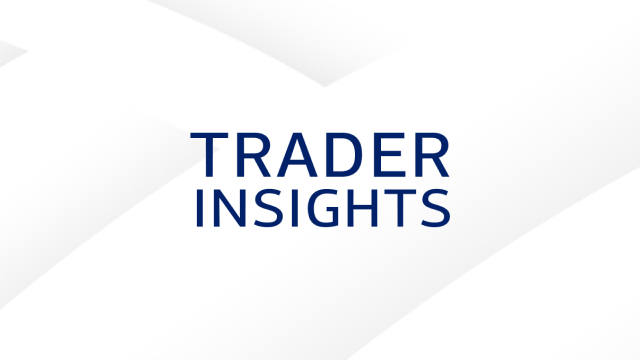Global Research and Market Insights
June 29, 2025
Must Read Research: From the battlefield to the server farm
From the battlefield to the server farm, some questions can no longer wait. This week, we explore NATO’s push toward 5% defense spending and what it means for European and U.S. defense companies, examine the role of small modular reactors in meeting surging electricity demand, unpack the potential of AI in revolutionizing personalized medicine and look at the critical pieces behind the surge in AI infrastructure buildout.
Also featuring commentary from Global Economic Weekly
Featured content

Global trends need global vision
Each week, our analysts discuss what’s emerging in global markets on the Global Research Unlocked™ podcast.

About Global Research
Our award-winning analysts, supported by our BofA Data Analytics team, provide insightful, objective and in-depth research to help you make informed investing decisions. We service individual investors and a wide variety of institutional money managers including hedge funds, mutual funds, pension funds and sovereign wealth management funds.

BofA Mercury®
Insights and tools to help optimize your trading strategies. Sign in to BofA Mercury®.





